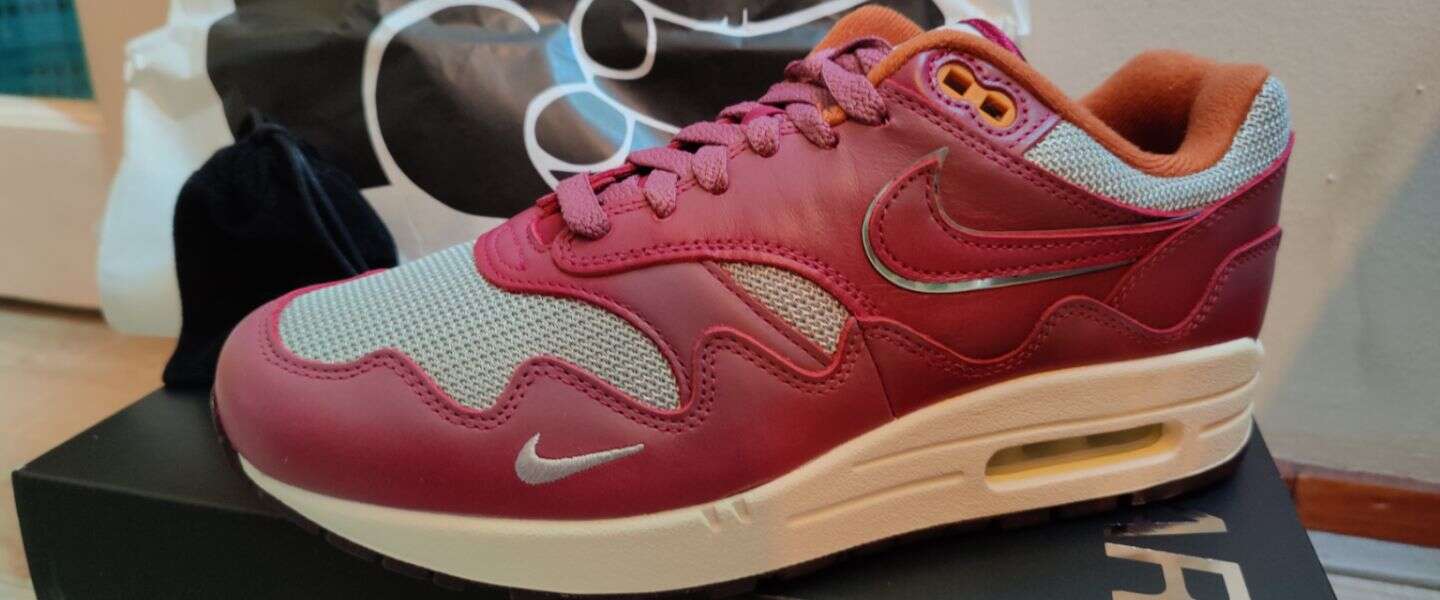
Do you have a nice collection of sneakers at home? You’re not the only one. Also, you are not the only one who will have to deal with the decomposition of sneakers. The materials from which sneakers, such as Nike Air Max, are made do not last long. Those shoes that you’ve been keeping neatly in the box for that special moment for 15 years may not even be wearable by the time you want to grab your moment.
Polyurethane
It’s hard, but it’s what’s happening a lot right now. Many sneakerheads have sneakers from the 80s and 90s, and those shoes are made with materials that appear not to be made to last twenty, thirty, almost forty years. The shock-absorbing material in the shoe, which makes them so comfortable to walk in, does not hold up. Polyurethane becomes hard and breaks after all these years, making it virtually impossible to walk on. The insole soon comes off completely and the shoe becomes worthless. And it doesn’t take much time: at the age of 10 and older this already becomes exciting.
One of the greatest collectors in the world, Jordan Geller, even got rid of most of his collection for this reason. He couldn’t cope anymore: his huge collection was wasting away under his nose. The soles that were once snow-white turned yellow, the glue edges discolored and became visible, the polyurethane broke and eventually Nike also released reissues of shoes for which he had put a lot of effort: he was done with them. Other problems that occur are that the paint on the shoe quickly flakes off.
Water and air are your enemy
But how exactly does it happen? By two very normal things: water and air, writes Wired. Moisture and oxidation break polyurethane into small pieces. So you prefer shoes that are not made of PU, but these are certainly not easy to find at Nike. The Nike Air Jordan 1 Breds from 1985 are an option: they have a rubber sole. Should polyurethane be completely banned? That will be difficult: it is found in a huge number of materials, including anti-corrosive coatings on naval ships, NASA spacesuits and Spandex, a nice stretchy fabric that is often used for swimsuits. And yes, it is a very good material to use to form a sneaker. But then you have to wear it.
Is there no hope for collectors? Not really. You do have storage options that are airtight or have the same environment as a museum, but they are not sufficient. Just put dehydrators everywhere (and those Silica Gel bags that say ‘DO NOT EAT’)? Not enough either. Scientists say that a solution is far away: vacuum storage is difficult when it comes to other materials in the shoe, which will probably leak out and still make the shoe unwearable. Actually, there isn’t really a solution: not one that is workable.
Change sneaker soles
What is possible? Change soles. There are sneaker fans who have become masters of carefully replacing the soles. Your pair will no longer be in mint condition, but can at least be worn. However, it will be quite expensive: some people can fit one pair of new bottoms in one working day. But then the end result is professional.
In the meantime, sneaker makers are not sitting still. They now appear to be using new PU formulas that would extend the life of the soles somewhat, but as Reebok, for example, states: our products are not made to last 20 or 30 years. However, many sneakerheads think very differently about this, and it is therefore hoped that repairing shoes with new soles will become increasingly accepted, so that the lively trade in sneakers can continue as usual. And walking in those sneakers too.




